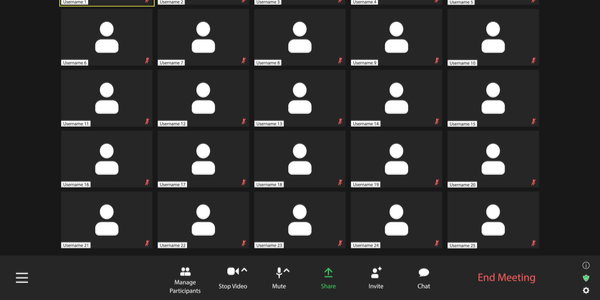
Laura has worked in the charity sector for ten years, for various charities such as RNID, RNIB, Breast Cancer Haven, SeeAbility, and now works at the NSPCC. She has worked across several fundraising spectrums from Community to Events, Individual Giving to Legacies. Laura has a passion for Legacy fundraising, creating campaigns to raise awareness of how gifts in Wills can help future generations, and building relationships with donors. She is also profoundly deaf and feels strongly about inclusion and diversity in the sector.
1. What brought you into legacy fundraising, and what attracts you to the role?
My very first job after graduating from university was working as a Press Officer at the National Assembly for Wales; I worked for an MP. My role required me to liaise with various charities, the MP I worked for had a link with a handful of charities, I worked closely with the Public Affairs team. I was always interested in the work they did in the sector, and I decided I wanted to work for a charity. So my first job was for a little charity based in Bermondsey as a Press Officer. It was only a temporary short-term role, I then went to work for Action on Hearing Loss (now known as RNID), I fell into legacy fundraising and fell in love with it. I love building up a relationship with donors and informing donors of the importance of their support. I also love the creative side of the role; managing direct marketing campaigns, gathering case studies, developing a proposition.
I also love the psychology behind fundraising – finding out what triggers people to donate, the element of language, how it can encourage people to make the decision to leave a gift in their Will.
2. What’s been your personal experience of working and connecting via Zoom and virtual events?
It has been challenging, as I am profoundly deaf I rely on lip-reading to communicate and it is tricky to lip-read people via Zoom. It has also been frustrating as not many organisations realise they can provide captions to help me communicate. I have missed out on a lot of webinars and conferences due to the lack of accessibility, which does frustrate me as it means my career stalls, I don’t learn anything new and it doesn’t help me with my progression. But I have been quite vocal about the lack of accessibility and worked with Fundraising Everywhere in autumn 2020 to create an event to encourage the sector to think about accessibility and offer solutions as to how they can help.
3. Do you feel that certain donor audiences and cohorts have been left behind in the move to Zoom and virtual comms?
Yes definitely, many organisations don’t offer accessibility requirements when signing up for virtual events, which can put donors off. Many people who have accessibility issues via virtual comms are feeling isolated and underrepresented in the sector. If you don’t think about your donors, you will miss out on the opportunity of developing a relationship with them. It is important to offer accessibility solutions and listen to them.
4. Do you believe the past year has brought about a lasting positive change in donor communications? Or will you welcome a return to traditional ways of interacting?
The pandemic has shown that we can work digitally, at the NSPCC we have seen really positive responses from our digital campaigns and social media posts.
However, personally, I do feel people have missed out on interacting face-to-face and I think people now will appreciate receiving personalised comms via direct mail or telemarketing. Our telemarketing response rates have been very positive and donors appreciated the opportunity to talk to us.
In terms of events, I think donors will appreciate the opportunity to choose to attend events either digitally or physically. I personally think we need to be offering donors a choice.
5. What’s your key area of focus for the next 6 months?
For me, it is about developing relationships with our donors, as I mentioned above; giving donors the choice. We are planning to do a legacy acquisition campaign in the summer, and I will be focusing on developing the NSPCC Legacy Proposition and stewardship plan. It is important we build relationships and gain the trust of our donors.
Laura is speaking at LSS21 in the "Can You Hear Me? Improving and adapting your legacy communications for right now" session.




